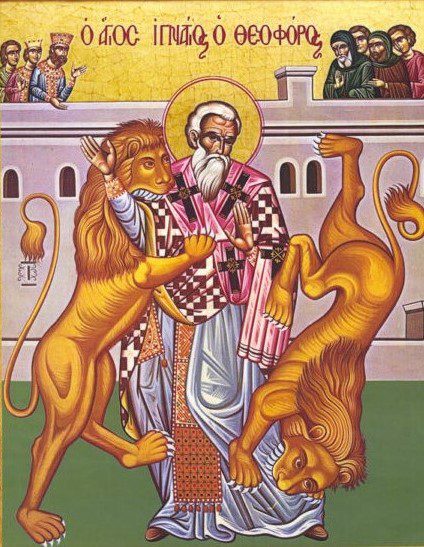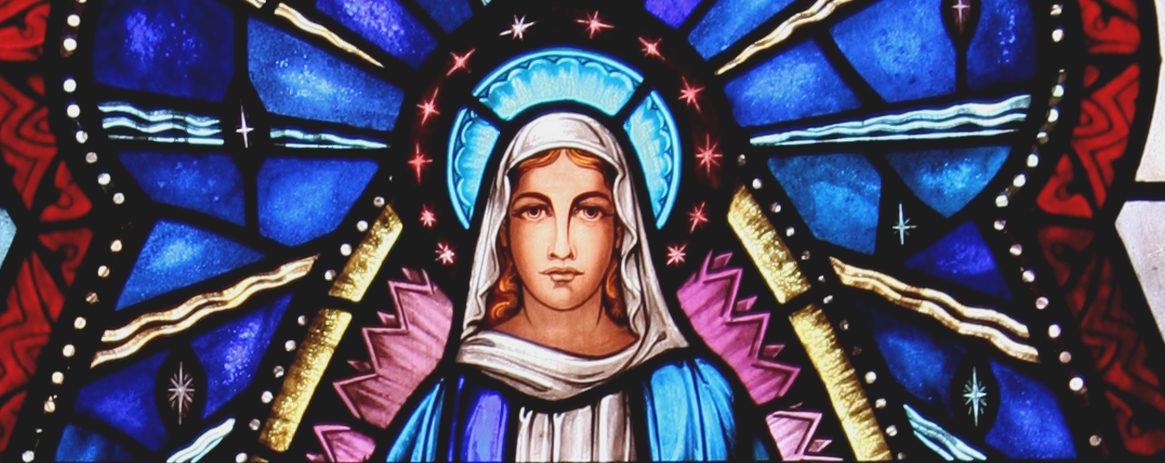Blessed John Henry Newman once wrote, “To be deep in history is to cease to be a Protestant.” This assertion is very much validated by the next group of authors we will be discussing: the Church Fathers. The first several centuries of Church history is divided into two parts, the “Apostolic Age” and the “Patristic Age”. The Apostolic Age consists of New Testament history ranging from 30-100AD. This time in Church history details the lives of the Apostles and their immediate successors. The Patristic Age ranges from 100-700AD. This period in the Church is defined by the writings of the first Christians especially bishops. Several of these bishops are direct successors of one of the Apostles. For example, St. Polycarp of Smyrna (65-155AD) personally knew and followed St. John the Apostle. Others preserved and promoted essential teachings in Catholic theology most importantly the Incarnation and the Motherhood of Mary as the theotokos or “God-bearer”, both of which are absolutely crucial for the preservation of the Christian Gospel. All of the teachings and writings of this era are known as “Patristics”. Needless to say, it is vital for every Christian to read Patristic literature. As a matter of fact, much of the debate nowadays revolving around the Eucharist, the Blessed Virgin Mary and other such Catholic dogmas would become non-issues if more people read the works of the Church Fathers. Not only do they defend the sacraments and theology of the Catholic Church, but they also understand them as non-negotiables in Christian discipleship. If you were to tell St. Basil the Great or St. Augustine that going to Mass is not necessary to be a Christian, they would be both infuriated and scandalized. The same can be said of today’s author. St. Ignatius of Antioch was one of the first bishops of the Church. Born in 50AD in Modern-day Syria. This dynamic preacher evangelized thousands in his lifetime. But, his most influential accomplishments are seven letters he wrote during his imprisonment before execution. Chained like a common criminal and dragged from Syria to Rome, Ignatius managed to pen a series of reflections on the Catholic faith which remain among the most ancient and inspiring texts in history. These seven letters discuss the indispensable aspects of the Christian religion: the Eucharist, Prayer, etc… Yet, what is most striking is the well-organized hierarchy described by Ignatius as well as his vivid elaboration on the Church as “Body of Christ”. He is writing these letters in 106-107AD and he is already referring to bishops, dioceses (which he calls churches) and the necessary obedience of the faithful to the Church! In the end, The Epistles of St. Ignatius of Antioch are a “must-read” for every Catholic.


